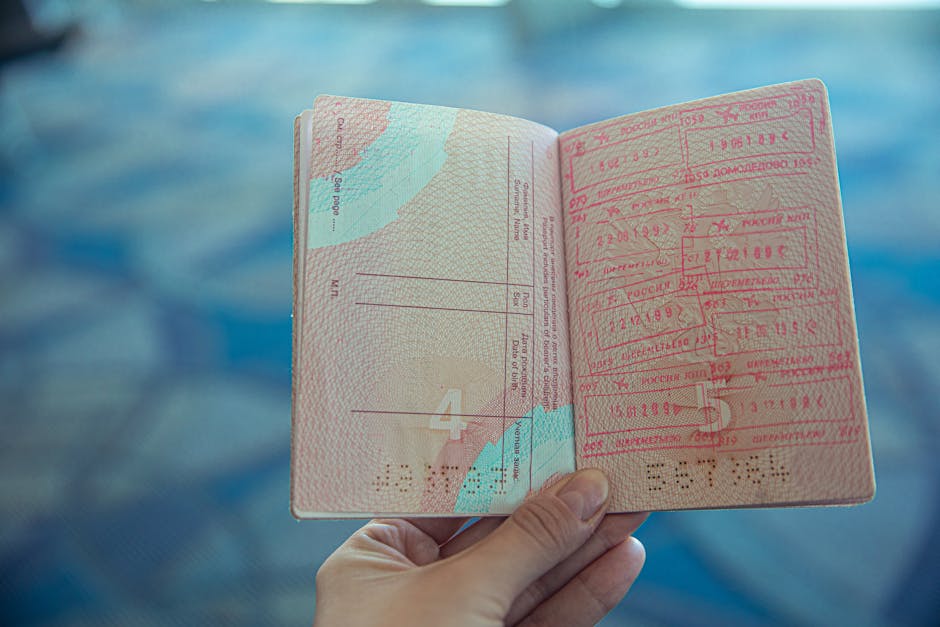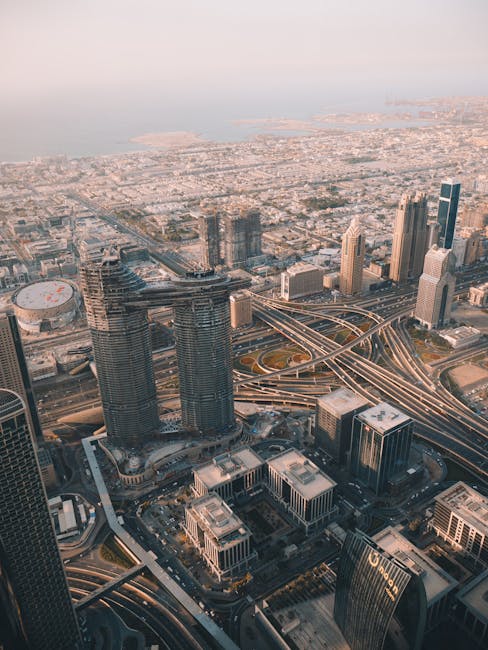Visa Process for Filipino
This article details the entire Visa Process for Filipino receptionists. We cover document preparation and employer responsibilities. We also explain medical tests and final steps. Moreover, we highlight common challenges and solutions. Therefore, you can approach your new role with confidence and clarity.
Understanding Visa Process for Filipino
The employment visa process for the Middle East is multi-tiered. It involves several government agencies. Typically, the sponsoring hotel initiates the procedure. They must secure approval from the Ministry of Labour. Next, they apply for an entry permit or work visa.
Filipino nationals must then undergo verification in the Philippines. This includes securing an Overseas Employment Certificate (OEC). Consequently, coordination between the employer and employee is essential. Understanding each phase prevents delays and ensures compliance.
Visa Process for Filipino Benefits
Completing the visa process correctly offers significant advantages. It provides legal employment status and access to benefits. These benefits include health insurance and end-of-service gratuity. Additionally, it ensures freedom of movement within the country.
Proper documentation protects your rights as a worker. It aligns with International Labour Organization guidelines. Therefore, it is your primary safeguard against exploitation. A valid visa is the foundation of a successful overseas career.
How Visa Process for Filipino Works
The process begins with a job offer from a licensed hotel. The employer secures a work permit authorization. This step is based on their quota and your qualifications. Then, they apply for your entry visa at the immigration department.
You will receive an electronic copy for travel. Upon arrival, your passport is stamped with a temporary visa. Subsequently, you undergo a medical fitness test. Finally, your residence visa and Emirates ID are processed. This grants you legal residency.
Best Visa Process for Filipino Practices
Adopting best practices streamlines your application. First, ensure all personal documents are accurate and complete. Discrepancies in names or dates cause major issues. Second, maintain open communication with your employer’s HR department.
Third, use verified channels for information. Refer to official sources like the UAE government employment regulations portal. Additionally, keep digital and physical copies of every document. This organized approach minimizes stress and prevents errors.
Visa Process for Filipino Implementation
Implementation requires meticulous attention to detail. The hotel’s PRO (Public Relations Officer) typically handles submissions. Your role is to provide required documents promptly. These include attested educational and personal certificates.
You must also complete biometrics and photographs. Moreover, paying attention to deadlines is critical. For instance, medical test results have a validity period. Timely implementation ensures a seamless transition from entry visa to residency.
Advanced Visa Process for Filipino Strategies
Advanced strategies can mitigate potential problems. One strategy is pre-emptive document attestation in the Philippines. This includes your diploma, training certificates, and PSA documents. Another strategy is understanding the specific emirate’s rules.
Dubai, Abu Dhabi, and Qatar have unique procedures. Furthermore, staying informed on policy changes is vital. Resources like U.S. Department of Commerce trade information offer economic context. This knowledge helps you anticipate processing times.
Visa Process for Filipino Success Tips
Success hinges on preparation and patience. Start by researching your prospective employer’s reputation. Use platforms like the World Bank economic reports for country insights. Ensure your passport has at least six months’ validity.
Furthermore, prepare financially for associated costs. Some fees may be your responsibility. Finally, remain patient. Processing times can fluctuate based on season and volume. A positive attitude is your greatest asset during this period.
Future of Visa Process for Filipino
The future points towards digitization and simplification. Many Gulf countries are implementing e-visa systems. These platforms aim to reduce paperwork and processing times. Additionally, regional agreements may standardize processes across borders.
Staying updated on these trends is crucial. Adapting to new technologies will be key. The core goal remains protecting worker rights and streamlining labor mobility. This evolution will benefit Filipino hospitality professionals immensely.
Frequently Asked Questions
What documents do I need to start the visa process for a hotel job?
You need your passport, passport-sized photos, and attested documents. These include your PSA birth certificate, marriage contract (if applicable), and diploma. A police clearance certificate and a medical certificate from the Philippines are also required. Your employer will provide a specific list.
Who pays for the visa and associated costs?
According to standard practice, the employer covers the visa processing costs. This includes the work permit, visa fees, and medical testing in the host country. However, the employee typically bears the cost of document attestation in the Philippines and the PDOS seminar. Always clarify financial responsibilities in your employment contract.
What happens if I fail the medical test?
Failing the medical test, usually for communicable diseases, results in visa denial. You will be required to return to your home country at the expense of the employer. It is highly recommended to undergo a preliminary health check in the Philippines before departure to avoid this situation.
How long does the entire visa process take?
The timeline varies by country and individual circumstances. Typically, it takes between 1 to 3 months from job offer to deployment. Factors include the employer’s processing speed, government agency efficiency, and the completeness of your documents. Patience and preparation are key.
Can my family join me on my employment visa?
Yes, but it depends on your profession, salary, and the country’s policies. Most countries require a minimum salary threshold to sponsor family members (spouse and children). You will need to provide additional documents and undergo separate visa processes for each dependent after you have secured your own residency.
What is the role of POEA and the OEC?
The Philippine Overseas Employment Administration (POEA) regulates overseas employment. The Overseas Employment Certificate (OEC) is a mandatory document that proves you are a legitimate and documented worker. It is required for exit clearance at the Philippine airport. You cannot leave for overseas work without it.
Conclusion
Mastering the Visa Process for Filipino receptionists is achievable. It demands careful planning and attention to detail. This guide provides a roadmap for your journey. The benefits of working in the Middle East’s dynamic hospitality industry are substantial.
Therefore, take the first step towards your new career with confidence. For personalized guidance, explore our professional resources. Ready to begin? Secure an schedule appointment with our experts today. Alternatively, reach out for an expert consultation to address your specific questions.




